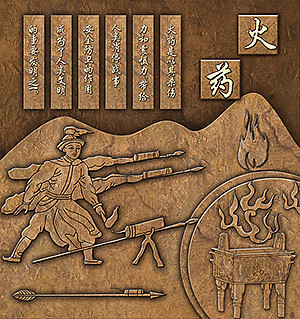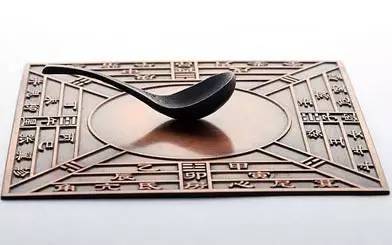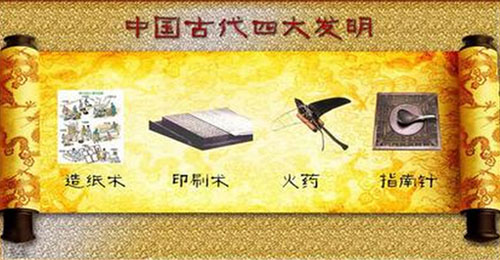Ihe Four Great Inventions of Ancient China
3 min readThe Four Great Inventions of ancient China are four inventions that are celebrated in Chineseculture for their historical significance and as signs ofancient China’s advanced science and technology.
The Four Great Inventions are:The Compass,Gunpowder,Papermaking,Printing.

These four inventions had an enormous impact onthe development of Chinese civilization and a far-rangingglobal impact.However,some modern Chinese scholarshave pointed out that other inventions in China wereperhaps more sophisticated and had a greater impact-the Four Great Inventions serve merely to highlight thetechnological interaction between East and West.
Although Chinese culture is replete with lists of significant achievements(e.g.Four GreatBeauties,Four Great Books of Song,Four Great Classical Novels,Five Classics,Five Elders),the concept of the Four Great Inventions originated with European scholars,and was only lateradopted by the Chinese.

The importance of these inventions was perhaps first discussed by the British philosopherFrancis Bacon(1561-1626),who in 1620 wrote:”Printing,gunpowder and the compass…whence have followed innumerable changes,in so much that no empire,no sect,no star seemsto have exerted greater power and influence in human affairs than these mechanical discoveries.”Bacon was likely unaware of the origins of these inventions,and was not writing of the ancient.Chinese inventions but rather their western analogs.Fiowever,his writings do show theimportance of these technologies to the early-modern European world.
Later.Karl Marx also commented,Gunpowder,the compass,and the printing press werethe three great inventions which ushered in bourgeols society.Gunpowder blew up the knightlyclass.the compass discovered the world market and founded the colonies,and the printingpress was the instrument of Protestantism and the regeneration of science in general;the mostpowerful lever for creating the intellectual prerequisites.”

The modern list of the Four Great Inventions originated in the 19th century with themissionary and Sinologist Joseph Edkins(1823-1905).Edkins,when comparing Japan withChina.noted that scholars should bear in mind that the Japanese did not have inventions assignificant as papermaking.printing,the compass and gunpowder.This list was later popularizedand augmented by the noted British biochemist,historian,and Sinologist Joseph Needham,whodevoted the later part of his life to studying the science and civilization of ancient China.
CompassThe earliest reference to a magnetic device used as a”direction finder”is in a SongDynasty book dated to AD 1040-44.Here there is a description of an iron”south-pointing fish”floating in a bowl of water.aligning itself to the south.The device is recommended as a meansof orientation “in the obscurity of the night.” However,the first suspended magnetic needlecompass was written of by Shen Kuo in his book of AD 1088.
GunpowderFireworks were invented in ancient China in the 12th century to scare away evil spirits,as anatural extension of gunpowder of the Four Great Inventions of ancient China.
PapermakingPapermaking has traditionally been traced to China about AD 105,when Cai Lun,anofficial attached to the Imperial court during the Han Dynasty (202 BC-AD 220),created a sheetof paper using mulberry and other bast fibres along with fishnets,old rags,and hemp waste.However a recent archaeological discovery has been reported from near Dunhuang of paper withwriting on it dating to 8 BC.
PrintingThe Chinese invention of Woodblock Printing.at some point before the first dated bookin 868(the Diamond Sutra).produced the world’s first print culture.Western printing presses,although introduced in the 16th century,were not widely used in China until the 19th century.China,along with Korea,was one of the last countries to adopt them.








